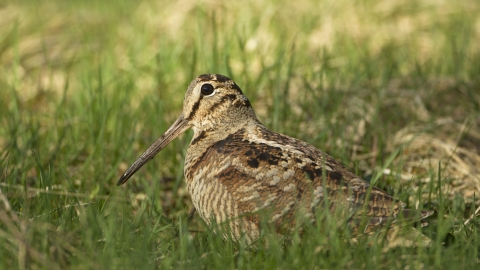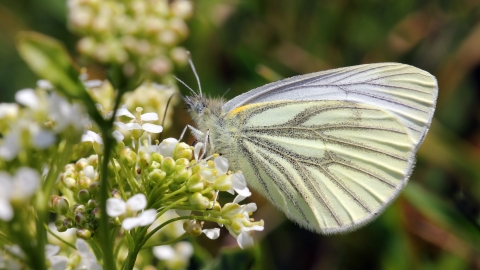
Mark Hamblin/2020Vision

Jim Higham
Longworth Clough Nature Reserve
Know before you go
Dogs
On public rights of way only
When to visit
Opening times
Open at all times.Best time to visit
SummerAbout the reserve
This former portion of the Longworth Hall estate was a hive of industrial activity throughout the 19th century, with Longworth Mill fed by water from Eagley Brook. The remains of the mill can still be seen next to a stone bridge across the Brook; a ghostly relic being reclaimed by nature.
Now, Longworth Clough is a key part of the nationally important West Pennine Moors Site of Special Scientific Interest (SSSI), marrying an outstanding mosaic of woodland, wetland and grassland habitats rich in wildlife.
Insects flit and flutter in a landscape brimming with an impressive variety of plants. Yellow iris, common-spotted orchid, bog asphodel and sneezewort flourish in the flush-mire produced by Longworth Clough’s complex drainage. Areas of alder and willow carr support great horsetail, marsh marigold and opposite-leaved golden saxifrage. And if that wasn’t enough, sessile oak woodland dominates the drier slopes of the reserve, supporting a rich variety of flora and fauna. Acid grassland on the steeper slopes supports heath bedstraw and tormentil, while Devil’s-bit scabious offers late-summer colour with its lilac flowers.
Of course, all of this plant life is fantastic for butterflies. Look out for lovely Lepidoptera including small skipper, large white, green-veined white, red admiral, peacock, comma, gatekeeper and meadow brown butterflies. Birders won’t be disappointed either, with woodcock, tawny owl, tree pipit, wood warbler and long-tailed tit thriving in Longworth Clough’s woodland areas. A dipper has even been seen feeding in Eagley Brook.
